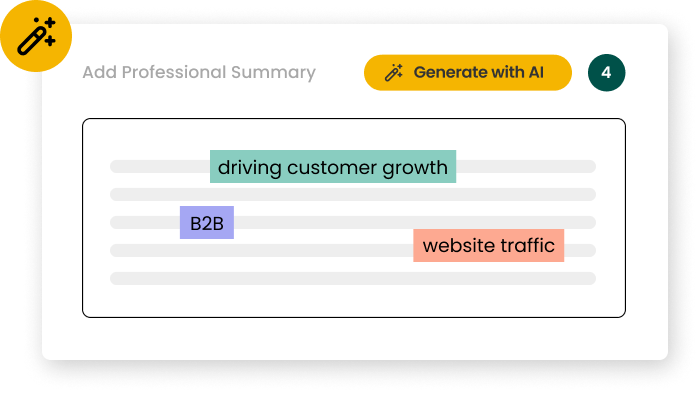How long should I make my Geospatial Engineer resume?
For a Geospatial Engineer resume, aim for 1-2 pages. One page is ideal for early-career professionals, while two pages are suitable for those with extensive experience. This length allows you to showcase your technical skills, project experience, and relevant certifications without overwhelming the reader. Use concise bullet points to highlight your achievements and focus on quantifiable results. Tailor your content to the specific job requirements, emphasizing your expertise in GIS software, spatial analysis, and data management.
A hybrid format works best for Geospatial Engineer resumes, combining chronological work history with a skills-based approach. This format allows you to showcase your technical proficiencies while demonstrating career progression. Key sections should include a professional summary, technical skills, work experience, education, and certifications. Use a clean, modern layout with consistent formatting. Incorporate industry-specific keywords throughout your resume to optimize for Applicant Tracking Systems (ATS) and highlight your expertise in geospatial technologies and data analysis.
What certifications should I include on my Geospatial Engineer resume?
Key certifications for Geospatial Engineers include GISP (GIS Professional), Esri Technical Certifications, and ASPRS Certifications. These demonstrate your expertise in GIS software, remote sensing, and spatial data management, which are crucial in the evolving geospatial industry. Additionally, consider cloud computing certifications like AWS or Google Cloud, as geospatial data increasingly moves to cloud platforms. List certifications in a dedicated section, including the certification name, issuing organization, and date of acquisition. Prioritize the most relevant and recent certifications to showcase your up-to-date skills.
What are the most common mistakes to avoid on a Geospatial Engineer resume?
Common mistakes on Geospatial Engineer resumes include overemphasizing general IT skills instead of focusing on specific geospatial technologies, neglecting to showcase data analysis and visualization abilities, and failing to highlight experience with emerging technologies like machine learning in GIS. To avoid these, tailor your resume to emphasize your expertise in spatial analysis, remote sensing, and advanced GIS applications. Quantify your achievements where possible, demonstrating the impact of your work. Finally, ensure your resume is error-free and well-organized, reflecting the attention to detail required in geospatial work.
